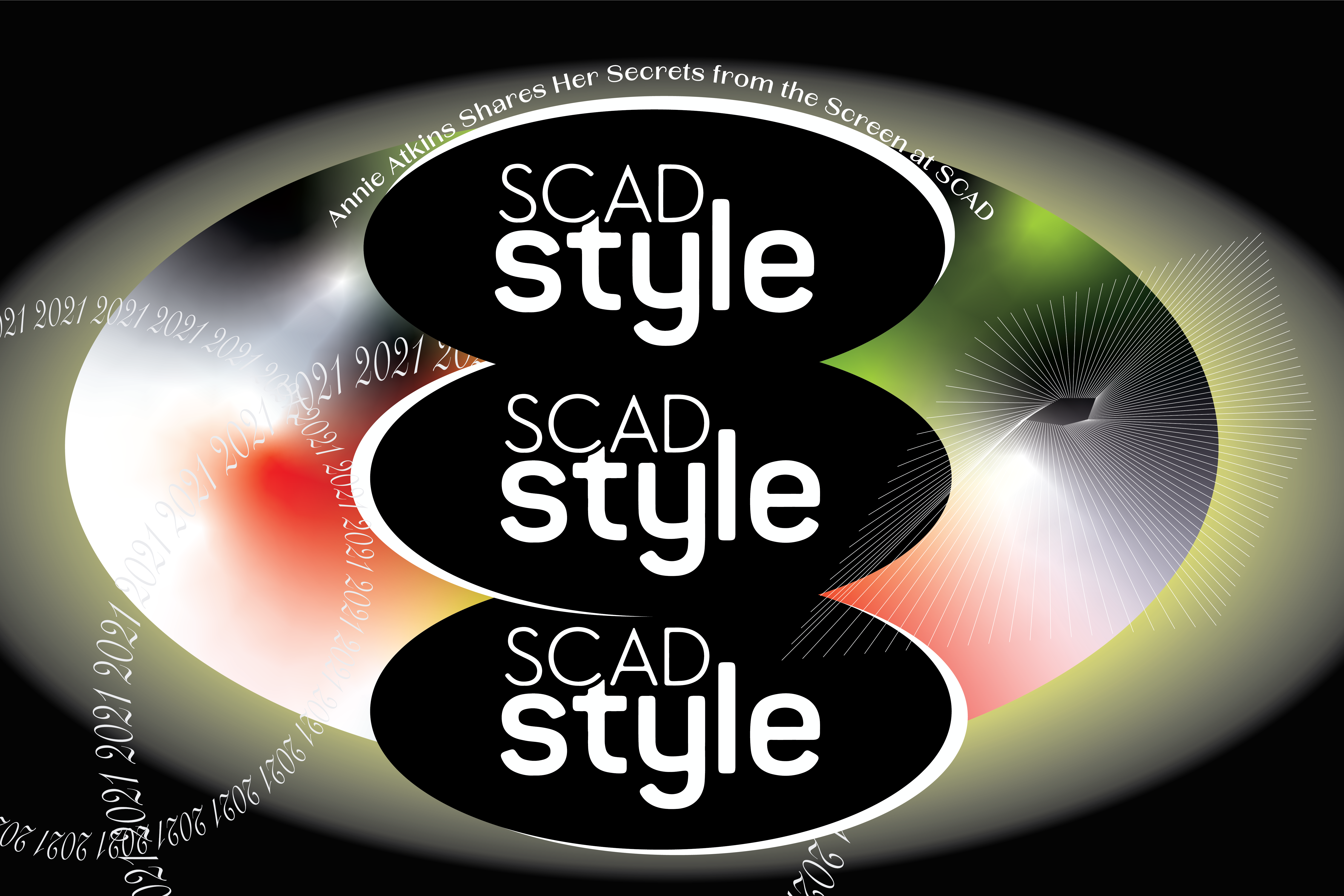Annie Atkins. Someone you are probably unfamiliar with but have seen her work for years. Atkins works as a graphic designer for film and television, a role often overlooked and unthought-of in the film industry. We often view graphic designers as the people behind logos and websites, but Atkins opened up to SCAD graphic design chair duke Greenhill about her unique career and the work she has created.
Atkins has worked with the best of the best in the industry, including Steven Spielberg and Wes Anderson. She helps create text and graphic-based props for movies and has done so for over ten years. She has many film credits, including “The Grand Budapest Hotel,” “Bridge of Spies,” the upcoming “West Side Story remake,” and Wes Anderson’s newest project, “The French Dispatch.”
Atkins started by talking about her education and background. She studied graphic design for her undergraduate degree and soon moved to Sweden to pursue a career at a firm. Atkins soon realized that her aesthetic and Scandinavian graphic design did not mix well. After a few years, Atkins went back to school and studied film and blended her two degrees to forge her career as a graphic designer for film.
Atkins described her work as “anything with text on it, anything with a picture, or anything with a pattern.” She works on handwritten letters, logos, street signs, and even military jackets. Her work uses historically accurate methods to create a robust world for characters to live in. Her work is fascinating to think about because it is vital to creating a film’s whole environment. Yet, it should never be too apparent to a viewer. Her work is often overlooked, but her work’s smallest detail tells an excellent story for the film.
When creating for a film, Atkins said she does a deep dive into a film’s period. Looking at different typography, stationery, and writing, Atkins will directly copy elements of them and apply them to her work. She was forging stylistic choices of that time to apply to a particular film.
Annie Atkins also discussed her recent book entitled, “Fake Love Letters, Forged Telegrams, and Prison Escape Maps: Designing Graphic Props for Filmmaking.” In it, she gives a behind-the-scenes look at the creation of her work and stories on set. Atkins’ conversation with Greenhill gave great insight into her unique career. It showed young designers that your job might not always be on LinkedIn.
Words by Tommy Drennan.
Graphic by Emily Tobias.

